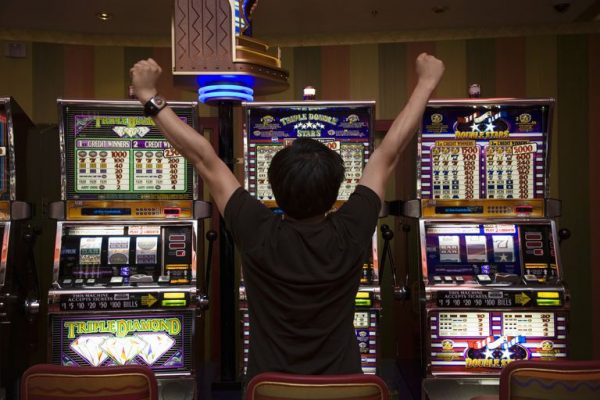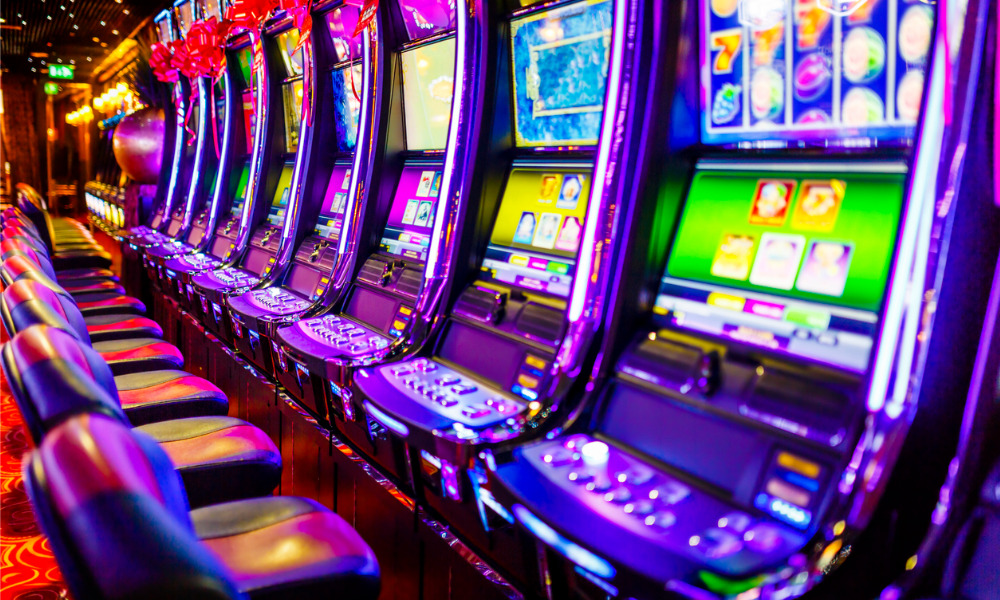Slot machines have become a popular form of entertainment in casinos worldwide. With their flashy lights, captivating visuals, and enticing sound effects, these machines are designed to keep players engaged and coming back for more. However, there is more to their design than meets the eye. Behind the colorful graphics and thrilling sounds lies a carefully crafted psychological strategy aimed at maximizing player engagement and ensuring long-term profitability for casinos.
The Power of Visual Stimuli
One of the key elements of slot machine design is the use of visually stimulating graphics. Bright colors, flashing lights, and eye-catching symbols are strategically placed to grab the attention of players. The goal is to create a sense of excitement and anticipation that keeps players engaged and eager to see what the next spin will bring.
Additionally, slot machines often feature themes that resonate with players, such as popular movies, TV shows, or historical events. By incorporating familiar and relatable elements, players are more likely to feel a personal connection to the game, further enhancing their engagement.
The Role of Sound Effects
Sound effects play a crucial role in the design of slot machines. Casinos carefully select and create sounds that are both pleasing to the ear and mentally stimulating. The sound of coins clinking, bells ringing, and music playing when a player wins creates a euphoric feeling and reinforces the idea that winning is possible.
On the other hand, when players experience a losing streak, the sounds may change to softer tones or even silence. This change in auditory stimuli is designed to create a sense of disappointment and urge players to continue playing in the hopes of achieving a win.
Creating a Sense of Control

Slot machine design also includes elements that create a perception of control for players. The ability to choose the bet amount, activate bonus features, or stop the spinning reels gives players a sense of agency, even though the outcome of each spin is ultimately determined by a random number generator.
This perceived control can be highly addictive, as players believe that their decisions and actions have a direct impact on their chances of winning. This illusion of control keeps players engaged and encourages them to keep playing, even in the face of repeated losses.
The Influence of Near Misses
Near misses are a common occurrence in slot machine design. These are situations where the symbols on the reels align in a way that is very close to a winning combination but falls just short. Research has shown that near misses trigger a strong motivational response in players, causing them to continue playing in the hopes of achieving a win.
By incorporating near misses, slot machines create a false sense of progress and increase the excitement surrounding each spin. Players are more likely to perceive these near misses as “almost wins” rather than losses, reinforcing their motivation to continue playing.
The design of slot machines and the use of sound effects is carefully crafted to maximize player engagement and create a highly immersive gambling experience. Through the use of visually stimulating graphics, captivating sound effects, and psychological strategies such as perceived control and near misses, casinos aim to keep players entertained and enticed to play for longer periods of time. Understanding the psychology behind slot machine design can help players become more aware of these tactics and make informed decisions about their gambling habits.


